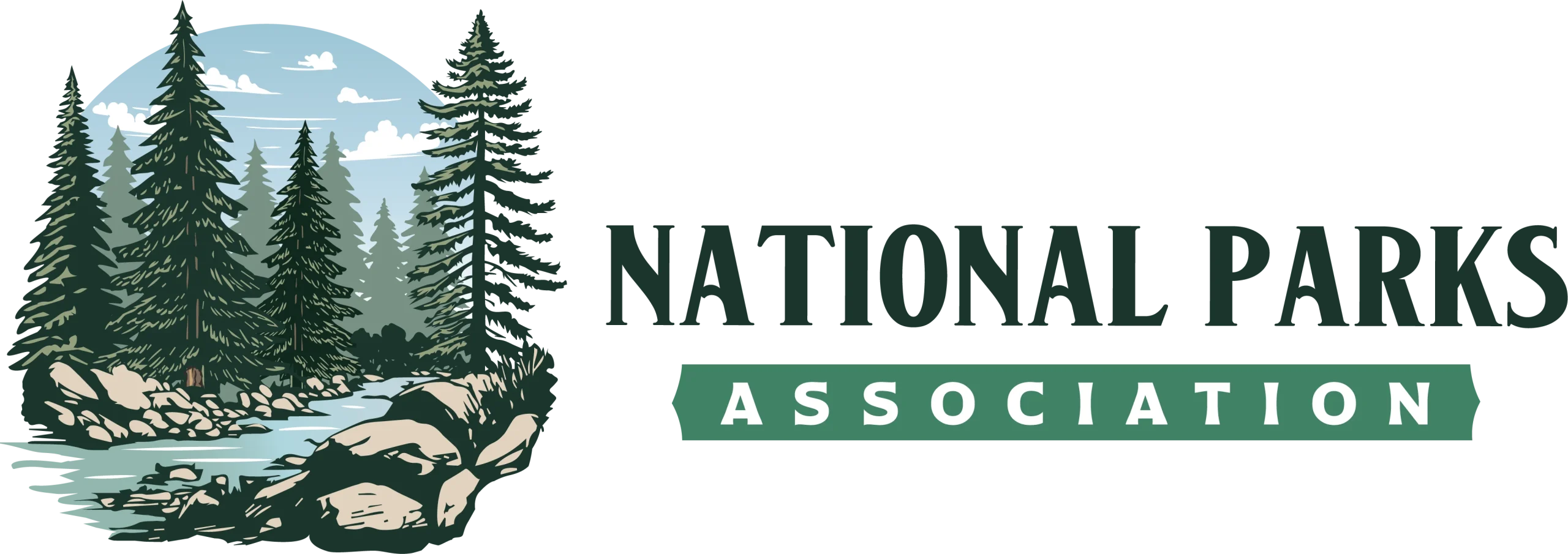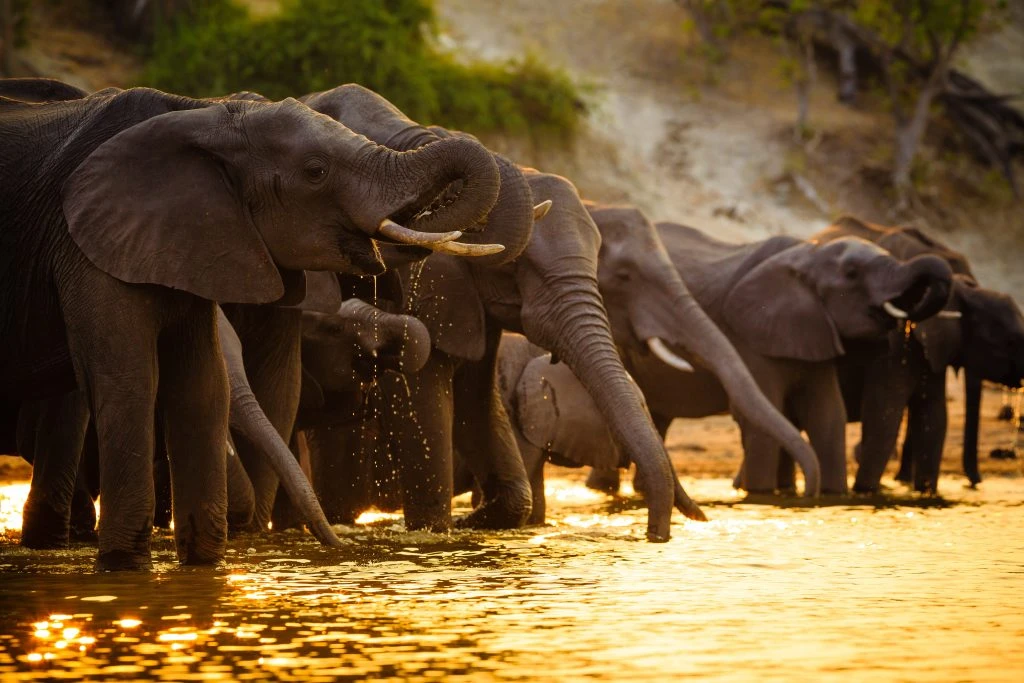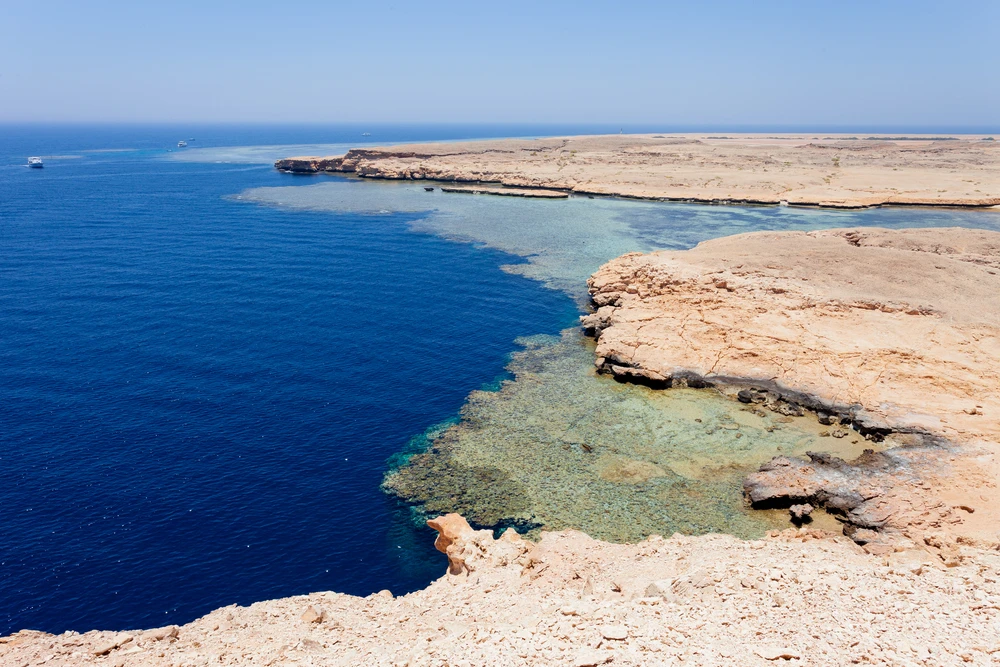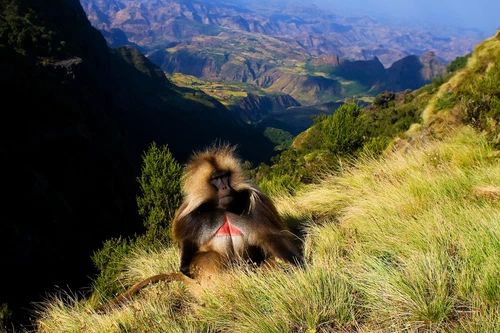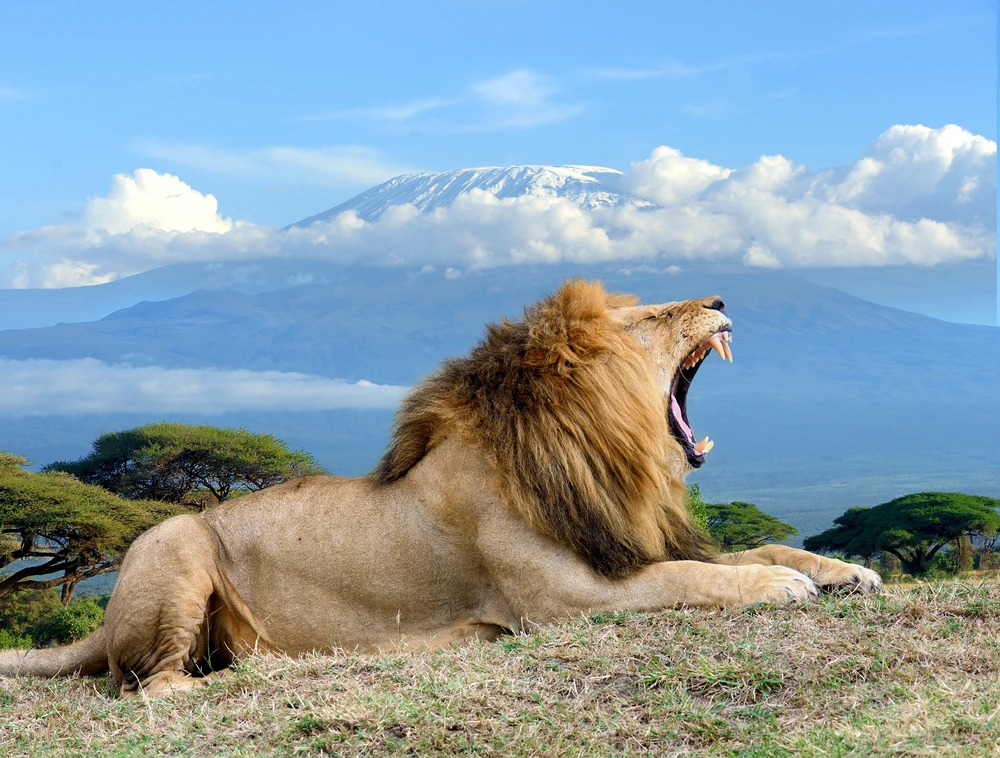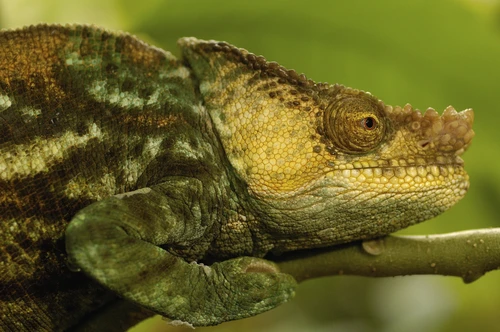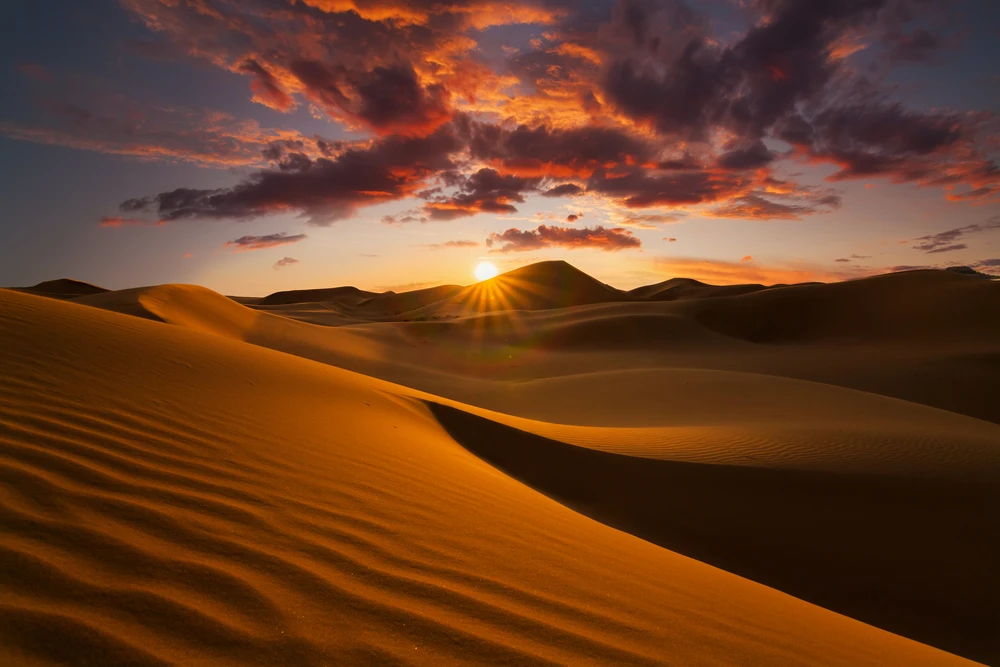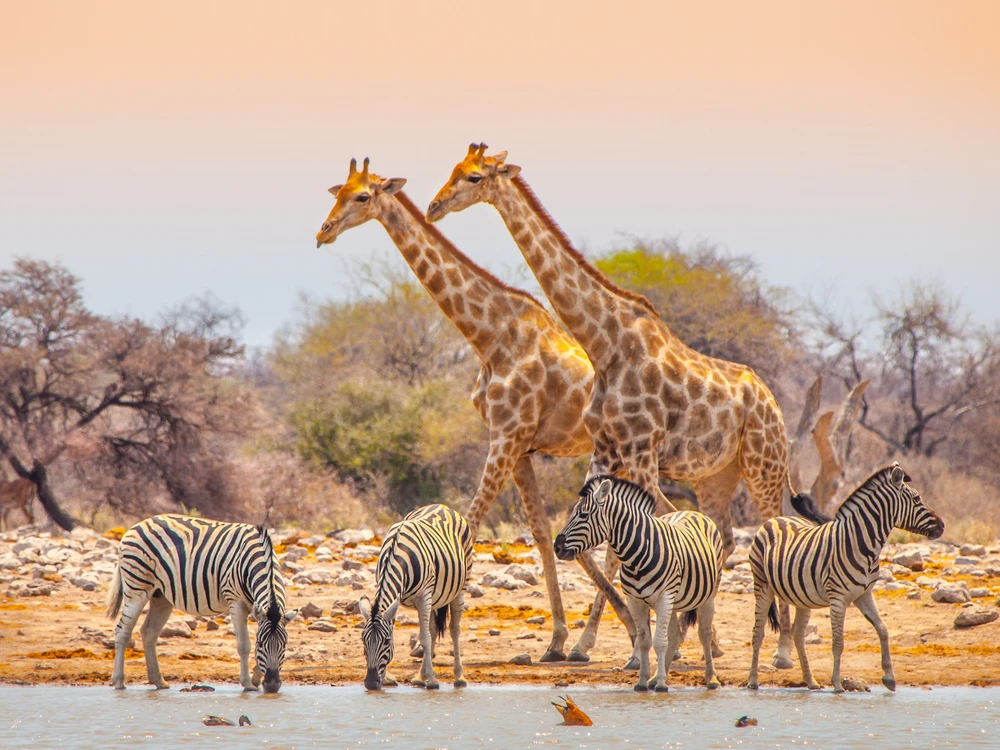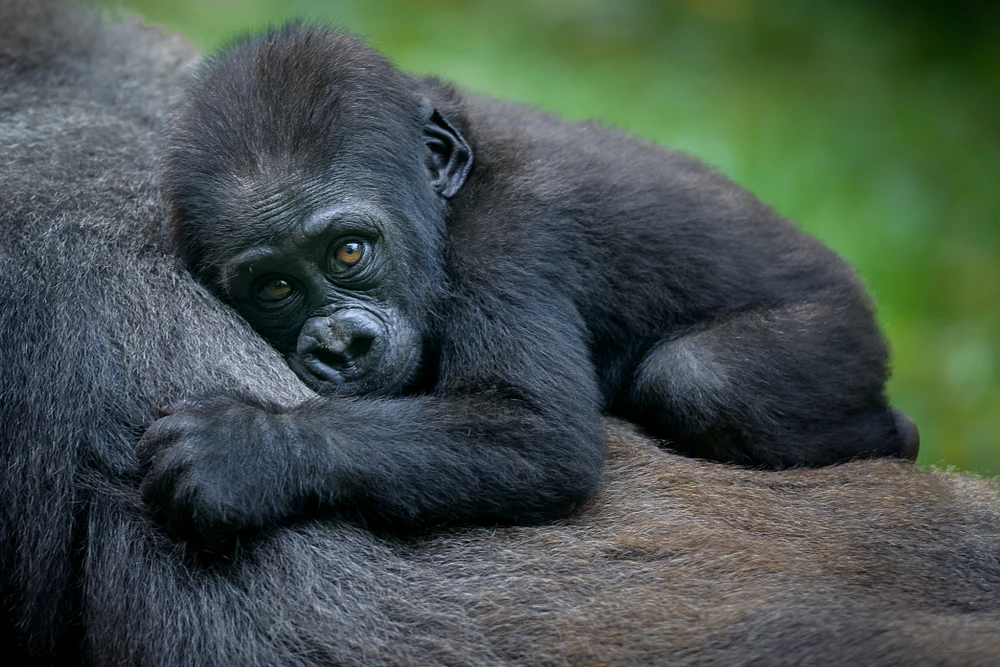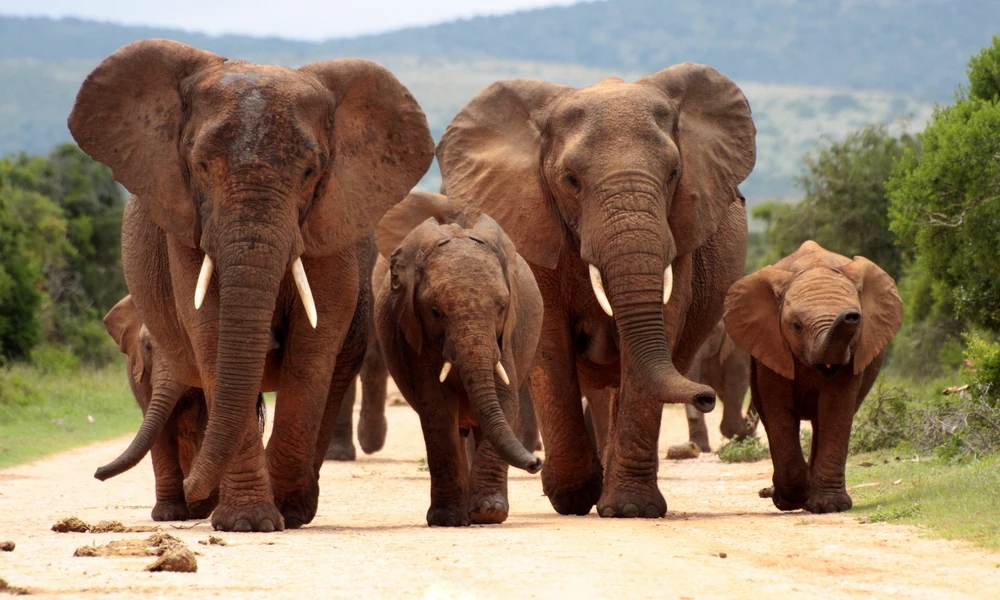Uzhanskyi Overview
Uzhanskyi National Park, known locally as Ужанський національний природний парк, is located in western Ukraine, near the borders with Poland and Slovakia.
Covering approximately 154 square miles (400 square kilometers), this protected area is part of the larger UNESCO-designated “Primeval Beech Forests of the Carpathians and Other Regions of Europe.” The park is situated in the Carpathian Mountains, a region known for its rolling hills, dense forests, and picturesque river valleys. T
he Uzh River, from which the park takes its name, meanders through the landscape, shaping the terrain and providing a vital water source. The area features a mixture of beech, fir, and spruce forests, with some trees dating back centuries. Rugged hills and peaks, such as Mount Pikuy, the highest in the region at 4,670 feet (1,424 meters), offer breathtaking views of the undisturbed wilderness.
Wildlife in Uzhanskyi National Park is diverse, with several species that are rare or endangered. Large mammals such as brown bears, wolves, and lynxes roam the forests, while red deer and roe deer are commonly sighted. The park is also home to the European bison, which has been successfully reintroduced to parts of the Carpathians.
Birdwatchers can find species like the golden eagle, black stork, and Eurasian eagle-owl among the many avian inhabitants. The variety of ecosystems, from riverbanks to highland forests, supports an array of smaller creatures, including amphibians, reptiles, and numerous insect species, making the park a rich biodiversity hotspot.
Visitors to Uzhanskyi National Park are drawn to its pristine landscapes and opportunities for outdoor recreation. Hiking is one of the most popular activities, with trails leading through ancient forests, up scenic ridges, and along river valleys.
The Carpathian region is known for its wooden churches, and travelers can visit historical villages where traditional Ukrainian mountain culture is still preserved. Cycling and horseback riding are also popular, allowing visitors to explore deeper into the wilderness. During the winter, the park’s higher elevations receive snowfall, making it a destination for cross-country skiing and other winter sports. Guided eco-tours provide insight into the region’s flora, fauna, and conservation efforts.
The park faces conservation challenges, including illegal logging and the impacts of climate change, which threaten the delicate balance of its ecosystems. However, its status as part of a UNESCO World Heritage Site has helped strengthen conservation initiatives.
Efforts to expand sustainable tourism and promote environmental education have been successful in raising awareness about the park’s ecological significance. Reforestation projects and the protection of key wildlife corridors ensure that species like the European bison continue to thrive.
Uzhanskyi National Park remains a crucial refuge for wildlife and a treasured natural landscape, offering visitors a chance to experience the untouched beauty of the Carpathians.
